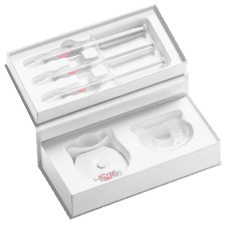Home » 5 Most Popular Printing Methods Compared
5 Most Popular Printing Methods Compared

Choosing the right printing method for your packaging is very important. It is necessary to consider artwork, design, quantity, time frame and many more when weighing your decision. Having quality packaging design plays a role in your business success, which makes it important to pick which method of printing would be best for you.
Digital Print
Digital printing is one of the most versatile printing methods. It can be used to print on labels, pouches, folding cartons, corrugated boxes and much more. Since this printing is done digitally it has the fastest lead times compared to other printing methods.
Digital printing uses CMYK (cyan, magenta, yellow, black) color when printing images. It is not 100% accurate when it comes to color matching, which means your image may have slight differences run to run. If you need a lot of colors for your print, this process will create the image as close as possible using only 4 colors. With the improvements on digital printing technology, newer machines can add in-between colors and can set much closer to actual colors using 6 to 8 ink cartridges.
Digital printing is best for smaller quantities because once you have larger quantities some of the other methods start becoming cheaper. The aspect that makes this method appear cheaper is not needing tooling, which creates lower startup cost.
Benefits of Digital Printing
- No tooling investment
- Fast lead times
- Can print on many different packaging types
Disadvantages of Digital Printing
- Cost more for large volume prints
- Not fully accurate with color
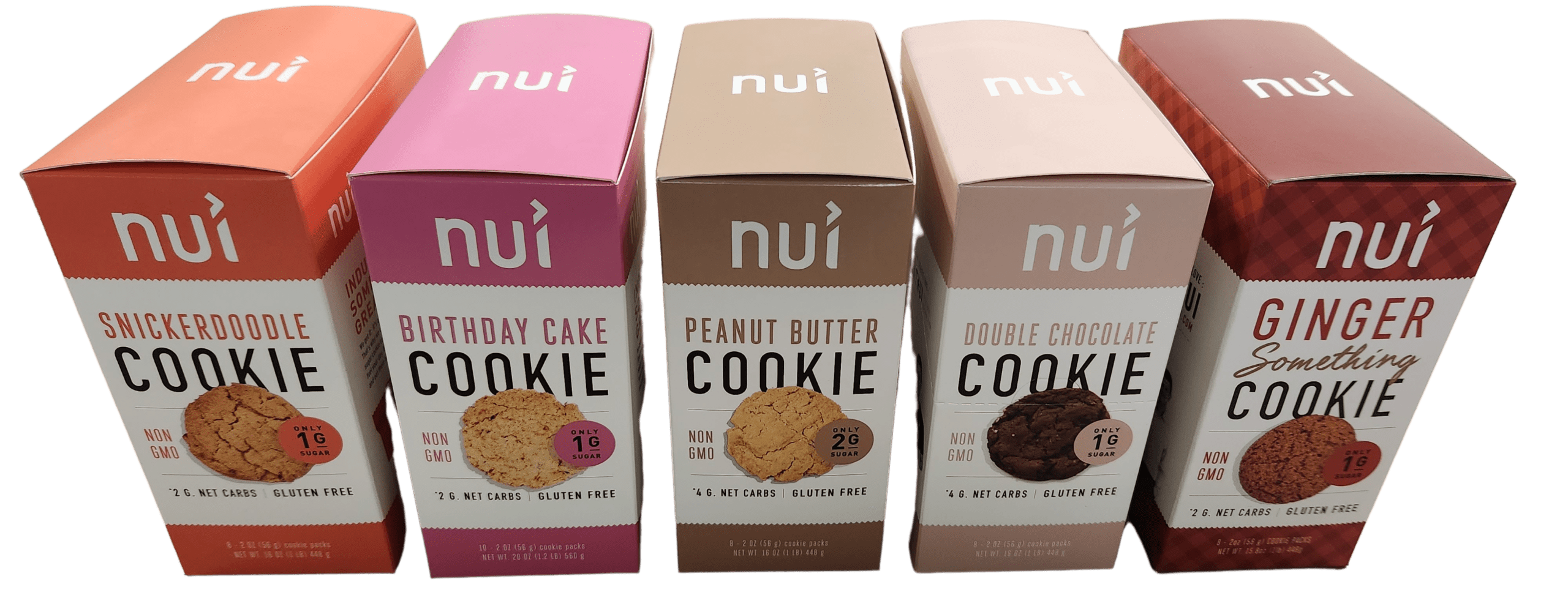
Flexographic Printing
Flexographic is the process of flexible photopolymer printing plates wrapped around cylinders. These have raised images and rotate at high speeds to transfer the ink. This method uses water-based inks and oil based inks. Something to keep in mind about flexo is that each color requires a different printing plate so if your images have a lot of color this method could get expensive.
This method is popular due to the faster lead times and the ability to print on many different surfaces. It also can be a cost-effective method because all steps are done with one single pass through the machine, lowering the price per unit. With a short set up time, this process can have your images printed at high speeds. Printing plates can be costly and changes to your image can be time consuming so it is important to have your images accurately done before creating the printing plates. Mostly this
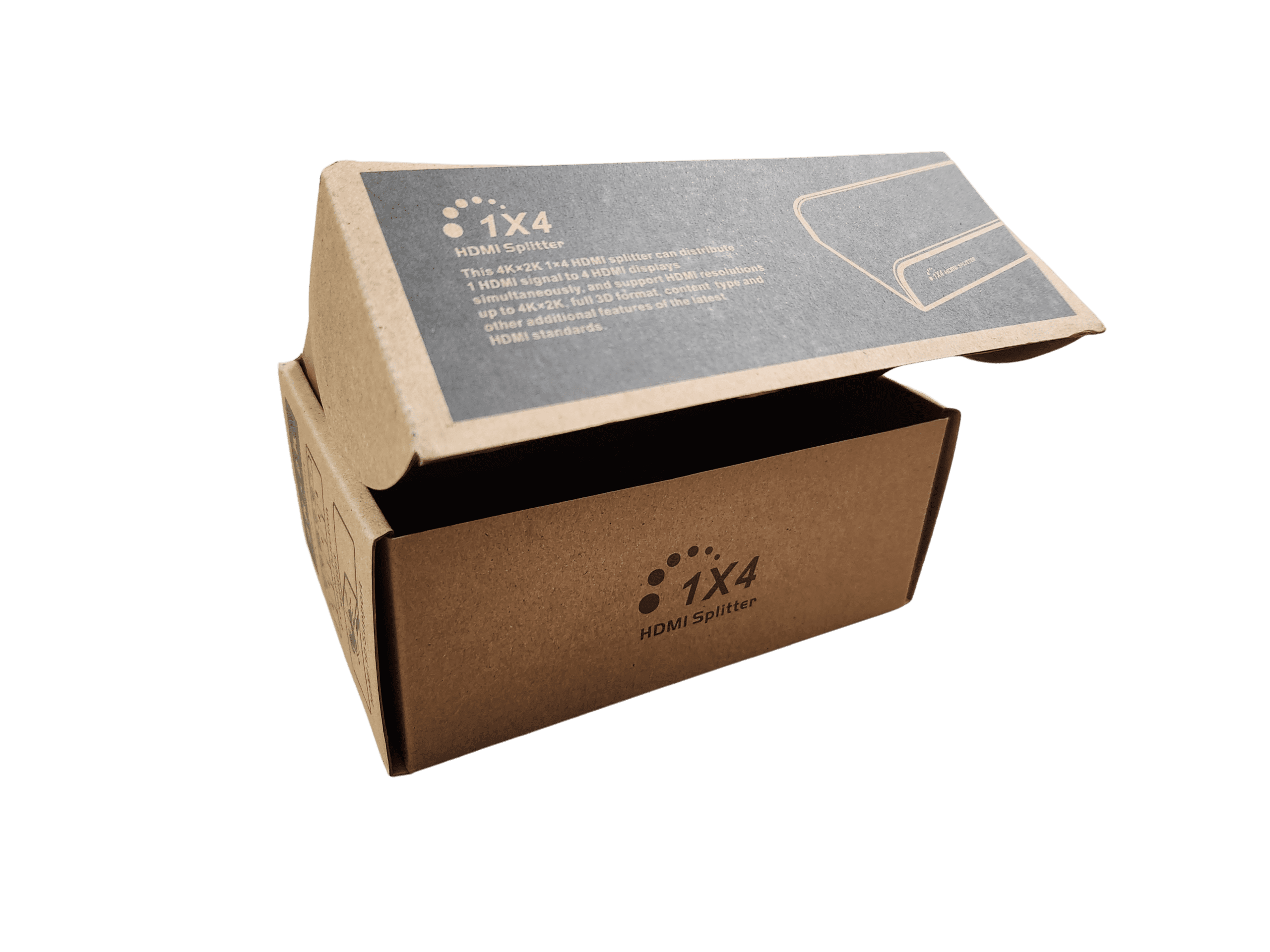
Rotogravure Printing
Rotogravure is the most frequently used printing method for high volume printing. It is best used for stand-up pouches and on folding cartons. This method offers consistent high-quality printing. Although this method is highly expensive, when it comes to gravure cylinders used to print, they are extremely durable and will last several runs. Since the cylinders takes a while to create, the lead times are going to be long for this printing process. The artwork is etched onto the surface of the cylinders using acid and then they must be cooled for a while before production can begin.
For this method both CMYK and PMS colors can be used in the print. This allows rotogravure to have excellent print quality. If your business is looking for large quantities and high-quality printing then this method would be the right fit.
Benefits of Rotogravure Printing
- Premium print quality images
- Cylinders last a long time
- Can produce high volume printing with no decrease in image quality
Disadvantages of Rotogravure Printing
- Expensive tooling
- Long lead times
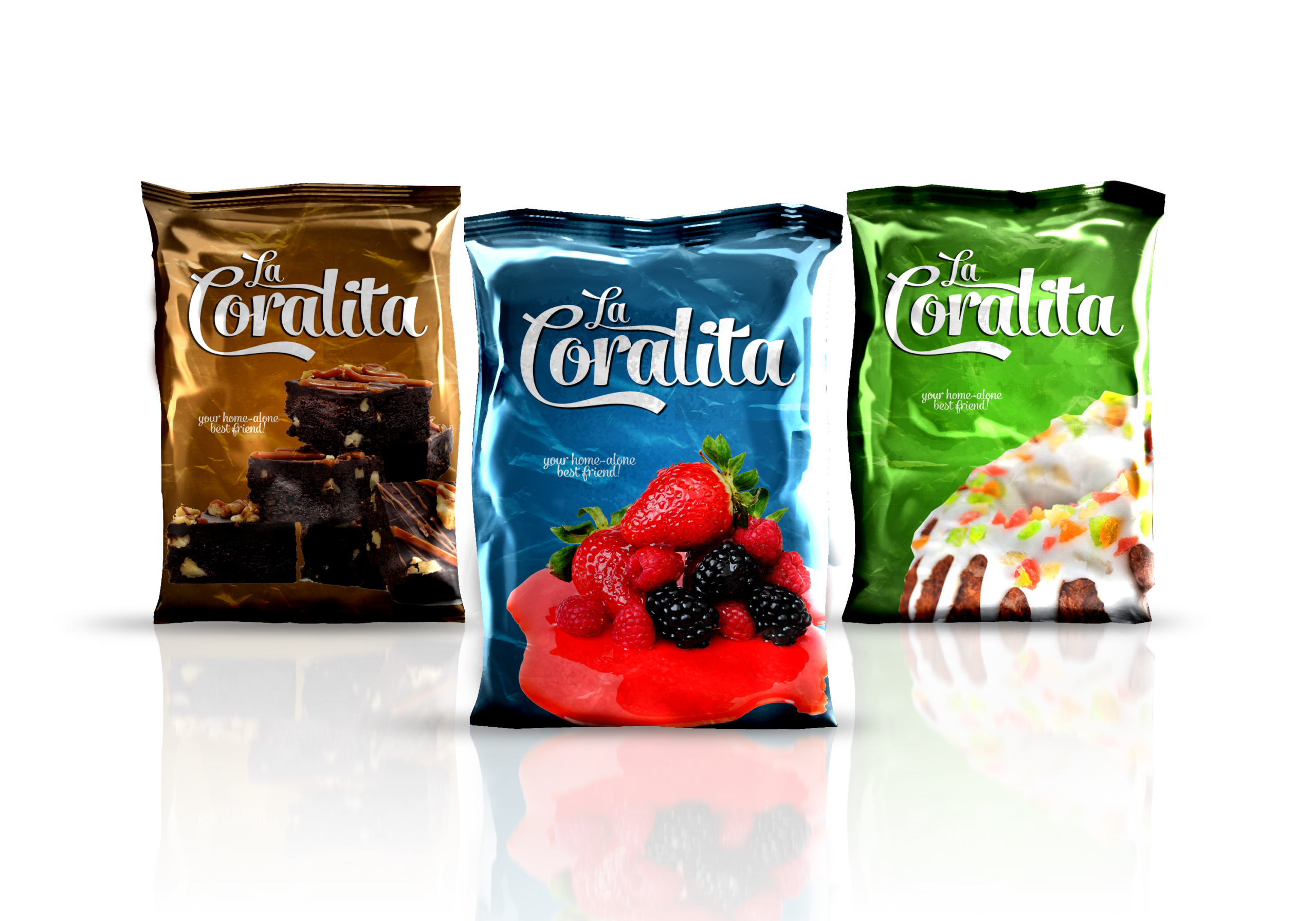
Silkscreen Printing
Silkscreen is the process of pressing ink through treated silk or other synthetic material onto your packaging. Set up cost are relatively affordable and it is a great alternative for smaller quantity jobs. Since the ink is thicker than other methods, it will be harder to get high quality pictures. It is best for full color artwork with no gradients and usually does not have a super clean finish. If your company is needing high volumes and photo quality artwork done, this would not be the best fit. This method is commonly used on printing on bottles because of its scratch resistant inks, making it have a longer life span than paper labels.
Benefits of Silkscreen Printing
- Does not require a flat surface to print
- Best used for small volumes
- Low start up tooling cost
Disadvantages of Silkscreen Printing
- Slower than other printing methods
- Chance of human errors during production
- Will not have a clean finish
- Not able to reproduce photo quality images
Which Printing Method is Best for Your Business Needs
Deciding which printing method is best for your packaging needs is important. Each method has its advantages and disadvantages. It is best to weigh out all options and determine based off artwork, design, quantity, time frame and cost, which one would be best for your business needs. If you need help making that decision, contact Brown Packaging today and one of our packaging specialists will assist you.
As tariff changes reshape global trade, packaging buyers moving production from China to the U.S. or nearshore regions face a new challenge: supplier qualification. Transitioning
With new tariff proposals and continued trade uncertainty, 2026 is shaping up to be another pivotal year for packaging sourcing strategy. Many companies that shifted
Following multiple rounds of tariff changes and trade policy adjustments, 2026 marks a turning point for U.S. packaging buyers. Many who previously transitioned from China
Shifting packaging production from China to the U.S. can help stabilize costs, reduce tariff exposure, and shorten lead times. But the transition process requires careful
RSC boxes are known for their efficiency and versatility, but their performance ultimately comes down to strength. Buyers often see numbers like ECT, BCT, and
In packaging, foam isn’t just about initial protection — it’s about maintaining performance over the entire shipping or storage cycle. Compression set and recovery characteristics
Home » 5 Most Popular Printing Methods Compared
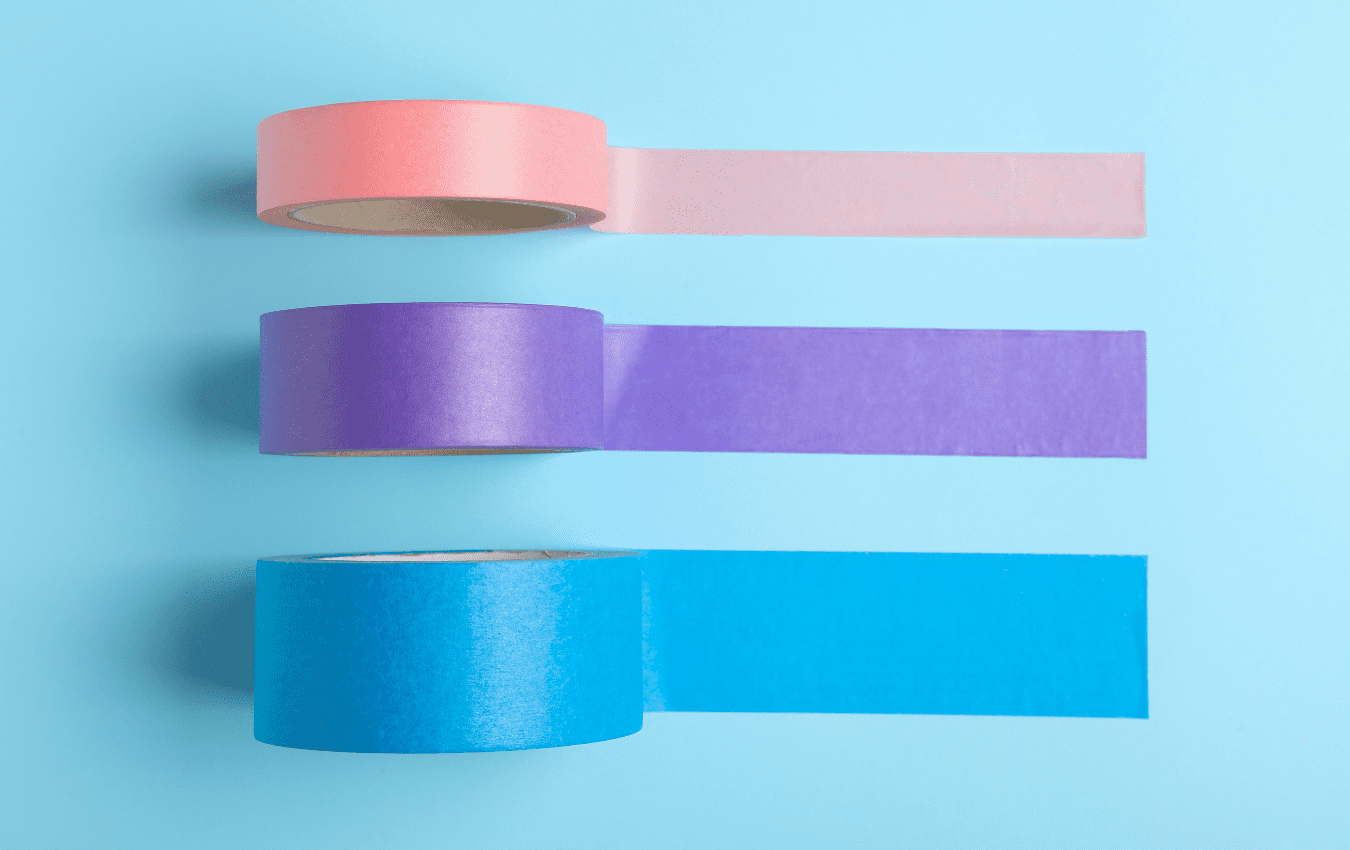
Pressure-sensitive adhesive tapes have been a popular choice for businesses due to their versatile and reliable adhesive solutions. They are used in various industries, including

Packaging is an essential aspect of any product, and it is vital for the success of small businesses. Effective packaging not only protects the product

When working with thick foam materials in the packaging industry, it’s important to be aware of the natural outcomes of the die-cutting process—one of the


